Does cornstarch go bad? How long does it last? What is the best way to store it to extend its shelf life? In this post, I answer all of your food safety questions regarding cornstarch.
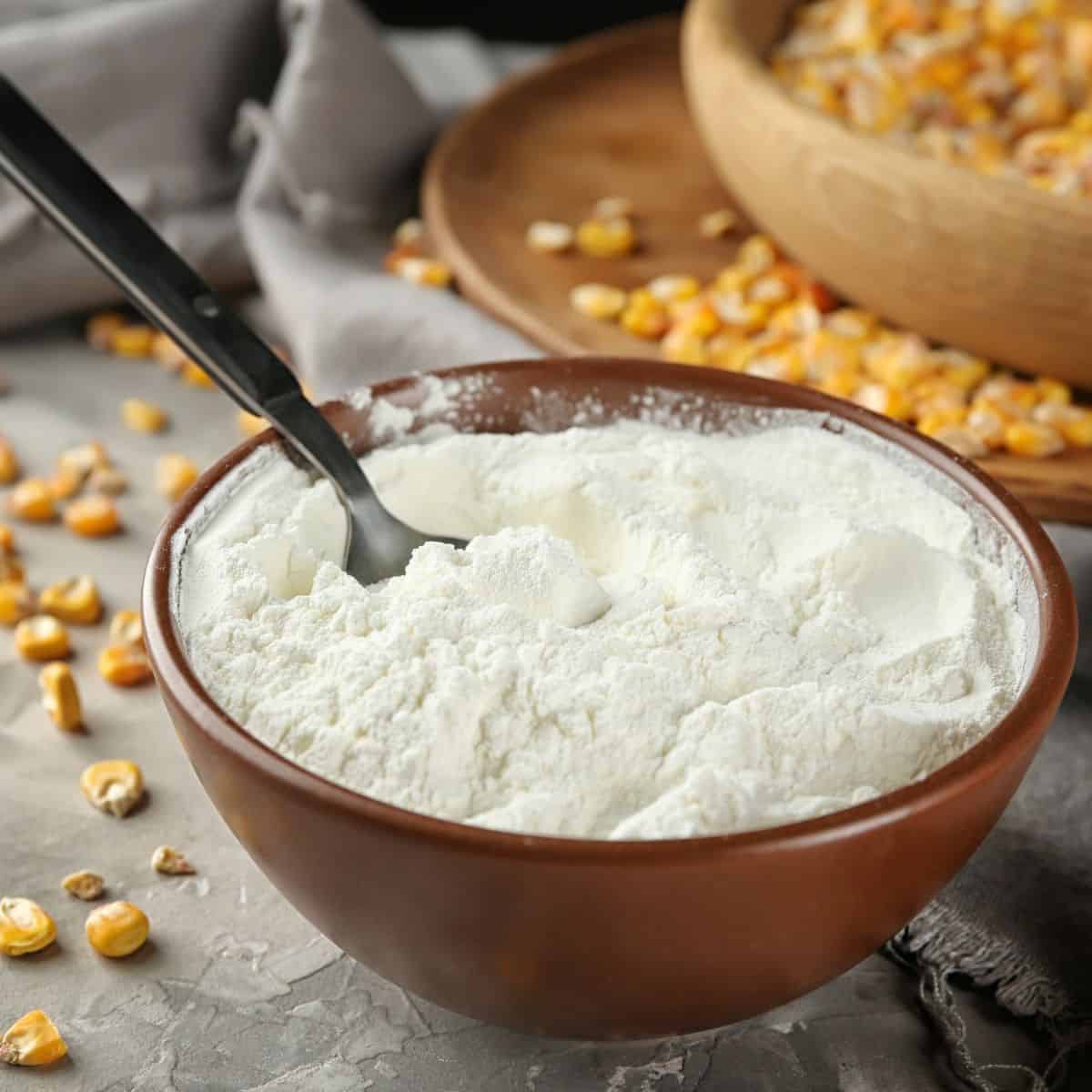
You are cleaning out your pantry and find an old container of cornstarch. It looks okay, but you can’t for the life of you remember when you bought it. Should you keep it? Should you throw it out? Is it still effective to use in your cooking recipes? If you’re here looking for an answer to these questions before you toss out your cornstarch, I’m here to help! In this article, I cover everything you need to know including signs that your cornstarch has gone bad, how long it lasts, and the best way to store it to extend its shelf life.
Related Articles:
Jump to:
Does Cornstarch Go Bad?
Yes, cornstarch does go bad! It is made of a fine white powder that is derived from the endosperm of corn kernels. All foods have a shelf life, some are longer than others. While some foods spoil on their own, others spoil due to external causes such as moisture. Although it has a very long shelf life, cornstarch goes bad when it comes in contact with moisture! This moisture can be due to humidity in the air, or if it makes contact with water or other liquids. Whenever moisture comes into contact with a food source for an extended period of time mold occurs and this affects the shelf life.
It is important to note that cornstarch and corn flour are not one and the same, and as such it does not have the same rules regarding shelf life. Corn flour is milled from dried whole corn kernels. It has a different consistency and is used for different purposes in cooking.
How Long Does Cornstarch Last?
While cornstarch does go bad if it comes into contact with moisture, the good news is that it stays good until that time comes. If it is kept dry, it does not have a specific expiration date.
The first thing you should always do is check the “best by” date on your box or container of cornstarch. However, if your cornstarch does not show any signs of going bad, then it is still safe to use after its “best by” date.
Why does cornstarch last for such a long time? This is because it does not naturally contain any moisture. It is a dry fine white powder. Other foods that contain moisture have a shorter shelf life. If your cornstarch is kept in a cool, dark, dry place it can last for an indefinite amount of time.
How To Tell If Cornstarch Has Spoiled
Now you know that it is possible for your cornstarch to go bad, you are likely wondering how you should know when it’s time to toss it. These are the signs that you should throw away your cornstarch for good.
It Appears Lumpy
While simply the presence of lumpy cornstarch does not mean it has completely gone bad if you do notice that your cornstarch has formed lumps that means that moisture has found its way inside of your container and it’s only a matter of time before it goes bad.
You Notice A Bad Smell
Another sign that your cornstarch has gone bad is if it has a bad smell. Give it a good sniff. If it has a sour odor, it is no good! It should have a fresh corn-like smell. If it doesn’t smell appealing, go ahead and toss it out.
You See Mold
Once you see any appearance of mold in your cornstarch it is time to throw it out. If ingested mold can cause serious health concerns such as food poisoning, immune deficiency, and respiratory complications. It has even been known to cause death. If you notice any gray or green mold, do not hesitate to discard it immediately.
Bugs/Insects
If you notice the appearance of tiny black or brown bugs, which should be easily visible in contrast to the bright white of the cornstarch, this means your cornstarch has been infested with bugs. While the pantry pests themselves may not be harmful, they can carry bacteria and parasites as well as leave behind their larvae that can be harmful to your health. Don’t risk it, and throw it away.
Sour Taste
So your cornstarch does not appear to be lumpy, and there are no signs of bugs, mold, or a bad smell, but there is one more test to ensure your cornstarch is safe to consume. Before you add it to your recipe give it a taste. I know, it’s not something you’re likely used to doing. But it’s better to ensure it tastes fresh before you add a bad batch of cornstarch to your recipe. Taste a very small amount, a ¼ teaspoon will do, if it has a sour flavor, then discard it. This will keep the sour flavor from ruining your entire dish.
How to Store Safely
Now that you know the signs of when cornstarch has spoiled, how do you keep it fresh for the longest amount of time possible? Here are some tricks to ensure your corn starch has an indefinite shelf life. Extend the shelf life of cornstarch with these simple tips!
Use Airtight Containers: Once you purchase your cornstarch transfer it from the original container to an airtight container. Label the container so that you remember what is inside, as powdered sugar, and other baking flours can easily look quite similar to cornstarch. It’s also a good idea to label its “best by” date for reference.
Store in a Cool Dark Place: Store cornstarch in a cool dark place such as the back of your pantry where it is protected from moisture and humidity. Avoid direct sunlight for long-term storage.
Avoid Moisture: Don’t store cornstarch near other liquids or water. If a spill occurs, and moisture invades your cornstarch it can quickly spoil.
What Is Cornstarch Used For?
Thickening Agent: The most common use for cornstarch is as a thickening agent. It is added to soups, sauces, and gravies to give them a rich consistency.
Creates a Crispy Crust: Add cornstarch to your waffle recipe for an extra crispy finish. Or consider adding it to your pizza dough for a crispy crust.
Makes Soft and Chewy Cookies: Adding cornstarch to your cookie dough aids in giving your cookies a soft and chewy texture.
Make Fluffy Eggs: Use a bit of cornstarch to achieve ultra-fluffy eggs and omelets.
Gluten-Free Coating for Fried Foods: If you’re making fried foods that require it to be dipped in a wheat flour coating, but if you’re gluten-free, cornstarch easily substitutes for any gluten flour for this purpose. You’ll achieve the same crispy breaded coating.
What Happens If You Eat Bad Cornstarch?
Luckily, there are not any well-known cases of anyone becoming extremely ill from eating cornstarch that has gone bad. However, ingesting any spoiled food can cause digestive issues. If you unknowingly eat bad cornstarch you will likely only have minor discomfort. But it’s not worth the risk either way. If you know your cornstarch has gone bad, save yourself from any unneeded exposure and dispose of it.
Does Cornstarch Lose its Thickening Ability Over Time?
The most common use for cornstarch is as a thickening agent in cooking. Thus, you may be wondering if it loses its ability to thicken soups and sauces over time. After all, other baking ingredients such as baking powder and baking soda lose their efficacy over time. However, with cornstarch, you’re in luck. It does not lose its ability to thicken over time. Its potency continues regardless of how long it has been sitting on your shelf.
Frequently Asked Questions
The challenge with freezing cornstarch is that the process of freezing puts it into contact with moisture. As mentioned, moisture is the cause of cornstarch going bad. Therefore, it is not the best idea to freeze it if your intention is to extend its shelf life. You are better off storing it in a cool dry place instead.
As mentioned above, it is not a good idea to store it in the fridge as it opens the door to moisture exposure.
As with most any food too much of something is not a good thing. Eating an excess amount can cause some health complications including increased blood sugar, and heart complications. This is because cornstarch is a refined carbohydrate that is low in fiber. Fiber helps to slow sugar absorption in your bloodstream. Since cornstarch is low in fiber, sugars more quickly enter your bloodstream. In addition, this can have negative effects on your heart health.
If expired you mean past the “best by” date, it is safe to use your cornstarch as long it is not lumpy, has a bad smell, a sour taste, signs of spoilage, or the appearance of bugs. If it is a fine white powder free of moisture and tastes and smells fresh, it is fine to use your cornstarch past its “best by” date.
If you mix cornstarch with cold water instead of warm water it will fall to the bottom of the bowl instead of being incorporated into the water. This will cause it not to effectively do its thickening job. Be sure to always combine it with warm water.
More Helpful Food Tips!
Please comment below if you found this article helpful or have any additional questions. You can also follow me on Instagram, Pinterest, and Facebook for more family-friendly vegan recipes!


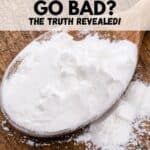
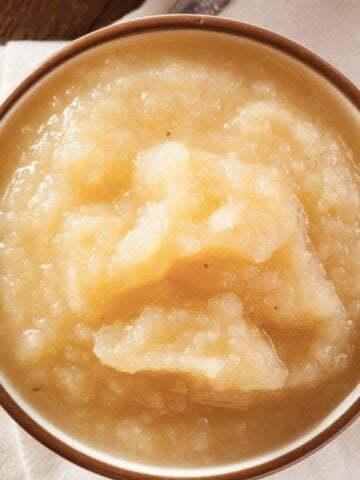
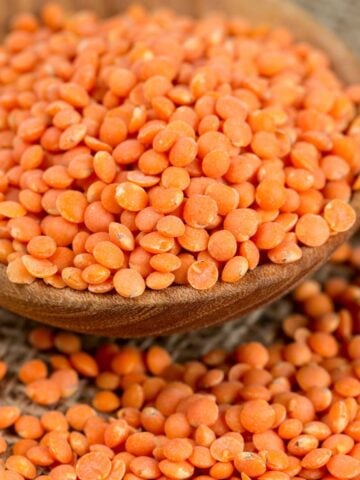
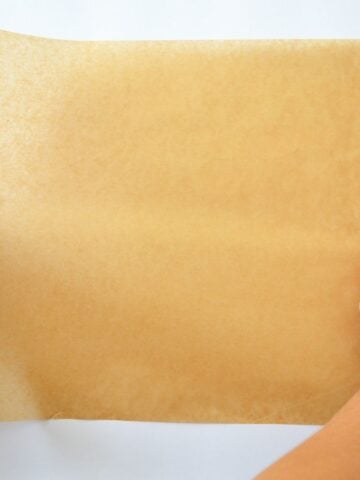

Leave a Reply